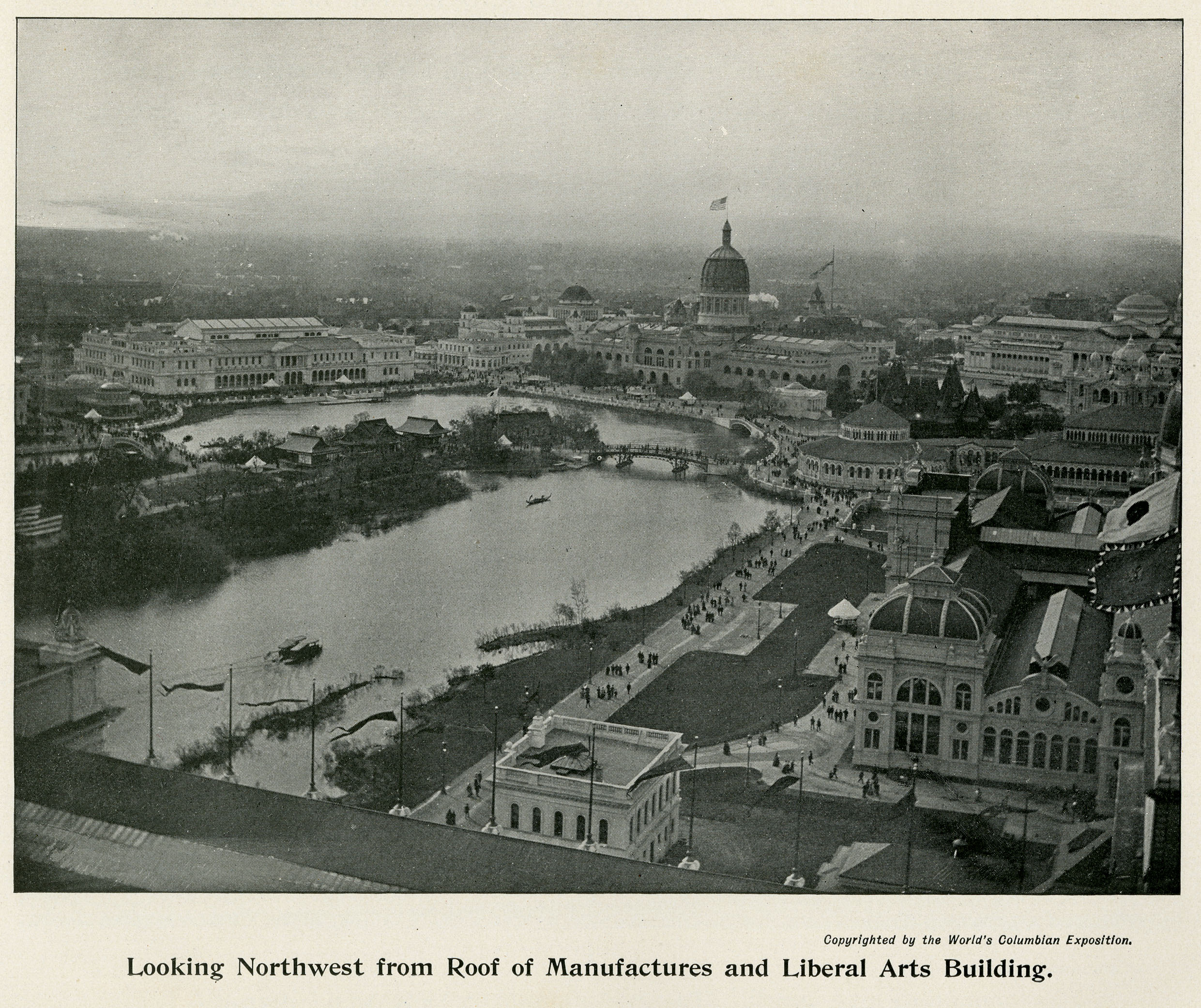
During the summer of 1893, the hottest ticket in the United States was a trip to the Worlds Columbian Exposition in Chicago (also known as the Chicago Worlds Fair). Ostensibly created to commemorate the 400th anniversary of Columbuss landing in the New World, the fair provided a showcase for American products and innovations and embodied the maturing nations sense of confidence and optimism. Indeed, during the fairs planning stages, the United States was in the midst of an economic boom driven by manufacture, fossil fuels, railroads, and agriculture. Ironically, by the time the fair opened, on May 1, the Panic of 1893 had initiated a widespread economic crisis that would require several years to overcome. Economic realities did little to diminish the exuberant spirit of fairgoers, however. On opening day, the exposition drew more than 129,000 visitors; by the time it closed, on October 30, more than 27 million people had visited the fairgrounds.
Among the fairs Virginia attendees was Smyth Countys Dr. John S. Apperson, who served as the commonwealths Worlds Fair executive business commissioner. (Appersons wife, Lizzie Black Apperson, would serve as a hostess in the fairs Virginia Building.) Among Appersons other duties as commissioner, he was charged with overseeing the shipment of Virginias exhibit materials to Chicago. Within the Black-Kent-Apperson Family Papers (Ms1974-003) may be found a letter conveying Appersons commission and a photographic portrait of the doctor, made by J. J. Gibson, the expositions official photographer.
Also found in the collection is a bronze medal, issued by the fair. Housed in its original aluminum case, the medal depicts on its obverse a romanticized version of Columbuss landing. On the reverse, a torch-flanked cartouche tells us that the medal was awarded to the Marion Marble & Mining Company. The company, to which Apperson likely had a connection, had contributed samples of marble and onyx to the fairs exhibits. Apperson had also contributed zinc and manganese ore samples, which would later be donated to the Smithsonian Institution.
Nicknamed the White City for its central complex of white faux-marble neoclassical buildings, the Columbian Exposition represented a seminal social and cultural event as the United States neared the 20th century. Despite a temporary economic downturn, the nation was strong, confident, and optimistic about the future. The overwhelming significance of the fair was not lost on publishers of the era, a fact reflected by the many contemporary printed materials commemorating the event. In our Rare Books Collection, Special Collections holds several books providing descriptions and photographs of various aspects of the fair, its grounds, and exhibits.
Though the Chicago Worlds Fair was not the first of its kind, having as its antecedents numerous municipal and provincial fairs, as well as previous national expositions in London, Philadelphia, and Paris, the Columbian Exposition was perhaps the most significant fair to that time, and few of its successors have so completely captured the publics attention and imagination. In terms of design concepts and themes, future Worlds Fairs (not to mention certain amusement mega-parks) would owe considerable debts to the White City.
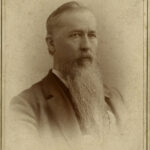
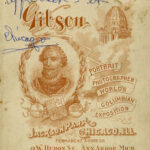
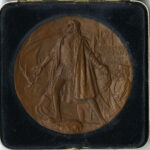
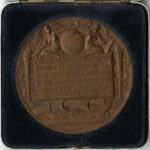
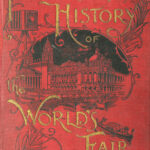
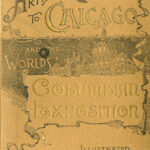
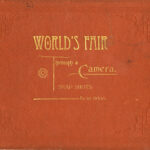
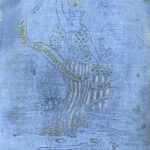
One thought on “Summer of the White City”